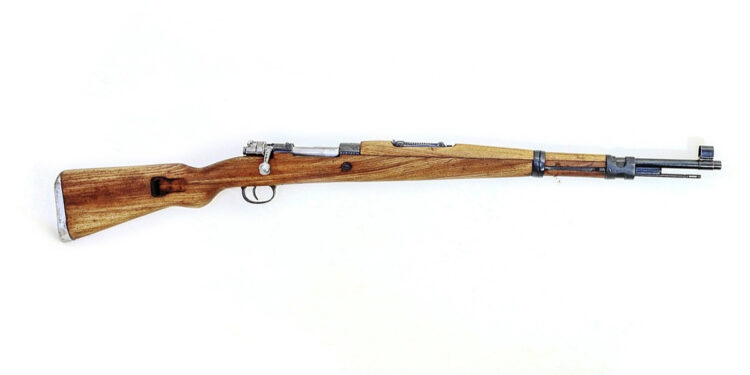By Charles Brown
By the end of World War II, just about everyone had decided that the era of the magazine-fed bolt-action rifle had ended, at least in a modern well-equipped army thanks to the U.S. Rifle Caliber .30 M1. However, millions remained in service and stores all over the world while their state owners modernized small arms and replaced the bolt action rifle with both selective fire and semi-automatic firearms.
Yugoslavia doesn’t exist as a state anymore; it began with the collapse of the Austro-Hungarian Empire following the end of World War I in 1918 and started its slide into disintegration with the death of Marshal Tito in 1980 and picking up momentum with the implosion of the Soviet Union in 1991.
The Kingdom of Serbs, Croats, and Slovenes, cobbled together like Frankenstein’s monster (with about the same results) from the remains of the Austro-Hungarian Empire shortly after the end of WWI, became Yugoslavia in 1929.
Serbia, the most nationalistic and militant province, the former Kingdom of Serbia (and now the Republic of Serbia) has a long history of arms manufacture that dates back to 1853 when they began the manufacture of cannons in Kragujevac.
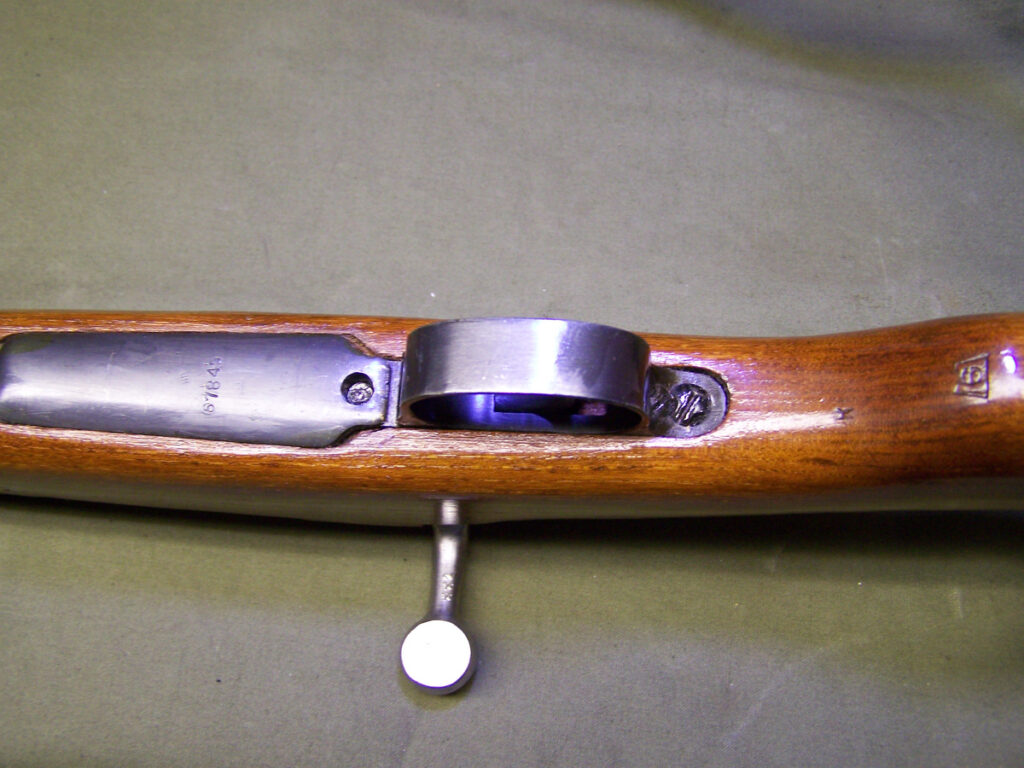
The Kingdom of Serbs et al first order of business was to an attempt to modernize and standardize their small arms, as they were using an assortment of rifles procured from Turkey, Germany, and others. They adopted the German 7.92×57 service cartridge as a standard and in 1924 contracted with FN in Belgium and BRNO in Czechoslovakia to produce the Mauser designed M1924 rifle, then proceeded to acquire machinery and tooling to produce their own M24 in country. The M24 was a “short rifle” having a barrel length of 23.25 inches.
The short rifle concept was intended to supply a single length weapon for all troops replacing the assortment of full-length rifles for infantry, short rifles for service troops, and carbines for mounted troops. The Austro-Hungarian Army was the first to field the short rifle concept, that is a rifle with a barrel length in the vicinity of 24 inches, in 1895 and the U.S. followed suit with the Model 1903 rifle. Yugoslavia adopted the short rifle concept in 1924, while the 98k didn’t appear until 1936.
Germany invaded Yugoslavia in 1941 and proceeded to lay waste to everything it came across, including the capture of the arms complex in Kragujevac.
Things did not go well for the Germans; various bands of partisans of every political stripe resisted the invasion and each other with equal enthusiasm.
Even with all the infighting and jockeying for position with the Allies and the Soviet or both, the partisans, or banditti (depending on who was doing what to whom and your point of view) managed to toss the Germans out in 1944 without direct boots-on-the-ground Allied help. No small accomplishment when dealing with the German Army.
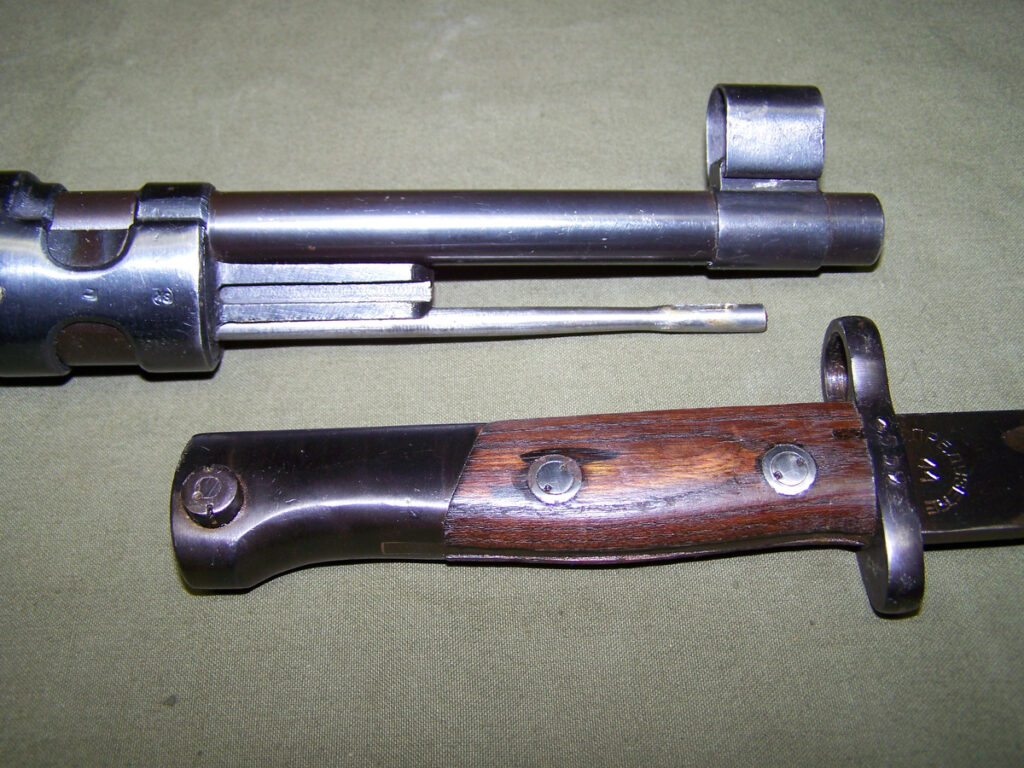
The Communist partisans headed by Josip Broz, better known as Marshal Tito, ended up being the most powerful political force in post WWII Yugoslavia. While Tito was a confirmed Socialist, he entertained some closet free-market ideas that put him at odds with Stalin. When he died in 1980, things began to unravel and in the early 1990’s the situation turned into a civil war between the disparate parts of Yugoslavia complete with “ethnic cleansing”, NATO airstrikes on the Zastava Works, and war crime trials.
Tito was very wary of the Soviets and their history of heavy-handed take overs and continued his successful WWII strategy of playing both ends against the middle. Yugoslavia became a “non-aligned” state, neither fish (aligned with NATO) nor fowl (a member of the Warsaw Pact), receiving aid from both the west and the Soviets. This caused the COMINTERN (Communist International) to toss Yugoslavia out in 1948.
The Kragujevac complex was rebuilt after WWII using some machinery confiscated by the Soviets as war reparations from Germany and some of Czech manufacture, also furnished by the Soviets.
The Yugoslavian Army continued to use the 7.92×57 cartridge as their service standard cartridge rather than adopt the Soviet calibers.
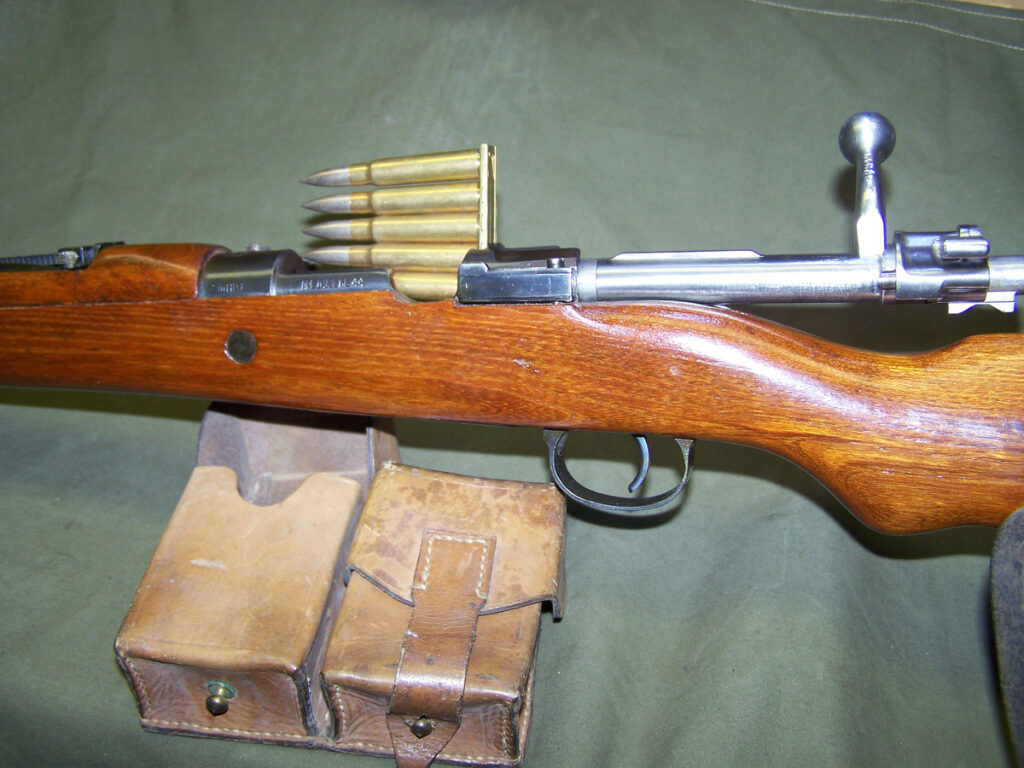
By 1948, the Yugoslavians had perfected the design of a “new” rifle. It was to be a amalgamation of the M24 and the German 98k rifles, of which they had a good supply captured from German forces both in the Soviet Union and Yugoslavia.
While the M48 design was approved in 1948, production didn’t really get under way until 1950 and continued to 1952, when, as a cost cutting and production expedient, the M48A variant was adopted and produced until 1954. The A model, as it left the factory, features a stamped fabricated magazine floor plate.
There is also an M48B model with a few more stamped parts such as trigger guard and barrel band and a welded magazine well which had a production run from 1954 to 1965. However, this model is also marked M48A. Last but not least, there is the M48BO model which has no markings whatsoever except for a serial number. It was intended for export to various insurrectionist groups in third world countries. Some M48s were converted to “sniper” rifles by the addition of optics and used unofficially in the civil wars that consumed Yugoslavia in the 1990s.
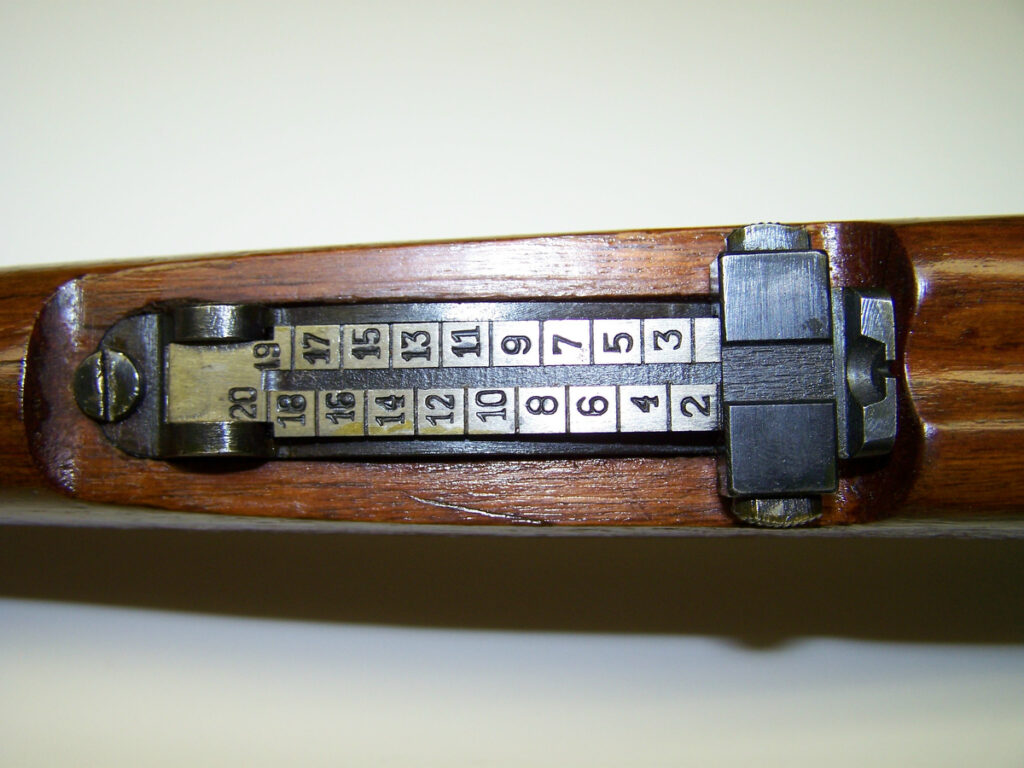
The M48 uses the same intermediate length receiver and bolt as the M1924/M24. The M48 is definitely a 98k clone with standard Mauser features such as the three position turn-over safety and large circular gas shield on the bolt sleeve, the cup-style butt plate, and tangent rear sight (regulated out to 2000 meters in 100 meter increments for the Yugoslavian M49 Ball cartridge), with a 196 grain projectile and a “V” notch battle sight regulated to what appears to be (on the author’s sample) 200 meters and hooded inverted “V” front sight.
The major differences between the 98k and the M48 are overall length, longer upper hand guard that extends all the way to the nose cap, and the bolt handle/stock area. While both have a turned down bolt handle, the 98k has a round bolt knob and a relief cut in the stock to aid in grasping the bolt handle. The M48 has a flattened bottom surface on the bolt knob and has slightly less of a bend to provide grasping clearance.
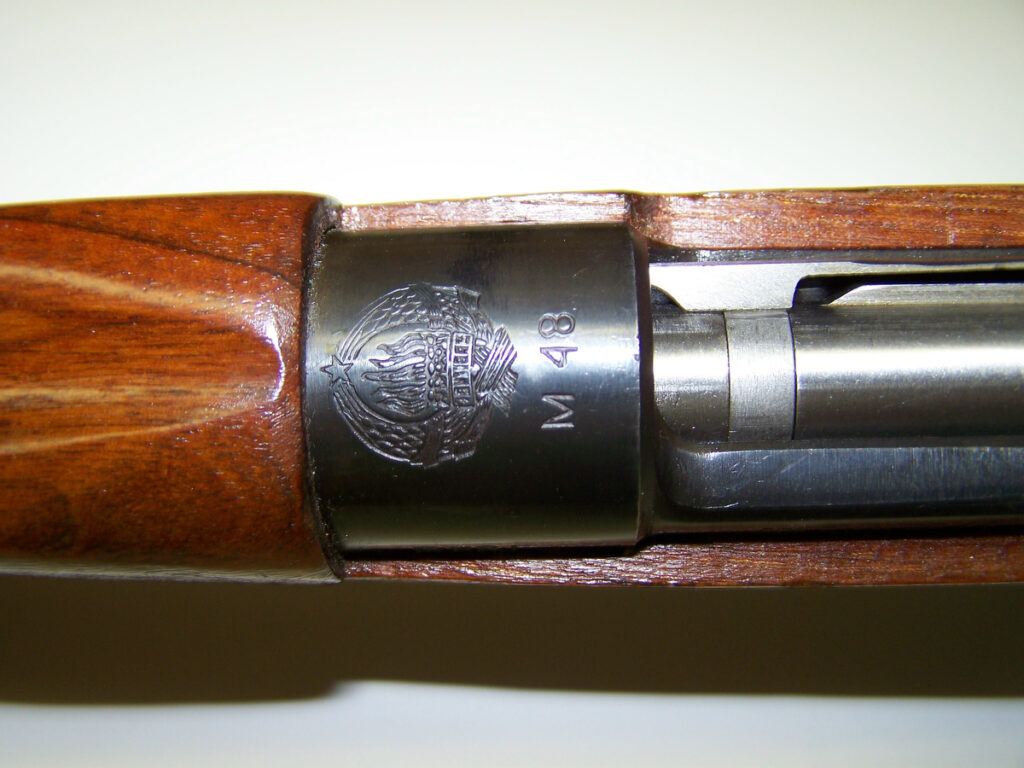
Except for very late war production, most 98ks have a metal ferrule set into the stock as a bolt take-down assist tool or a hole drilled through the side of the cup butt plate to accomplish the same function. The M48 did not have this feature.
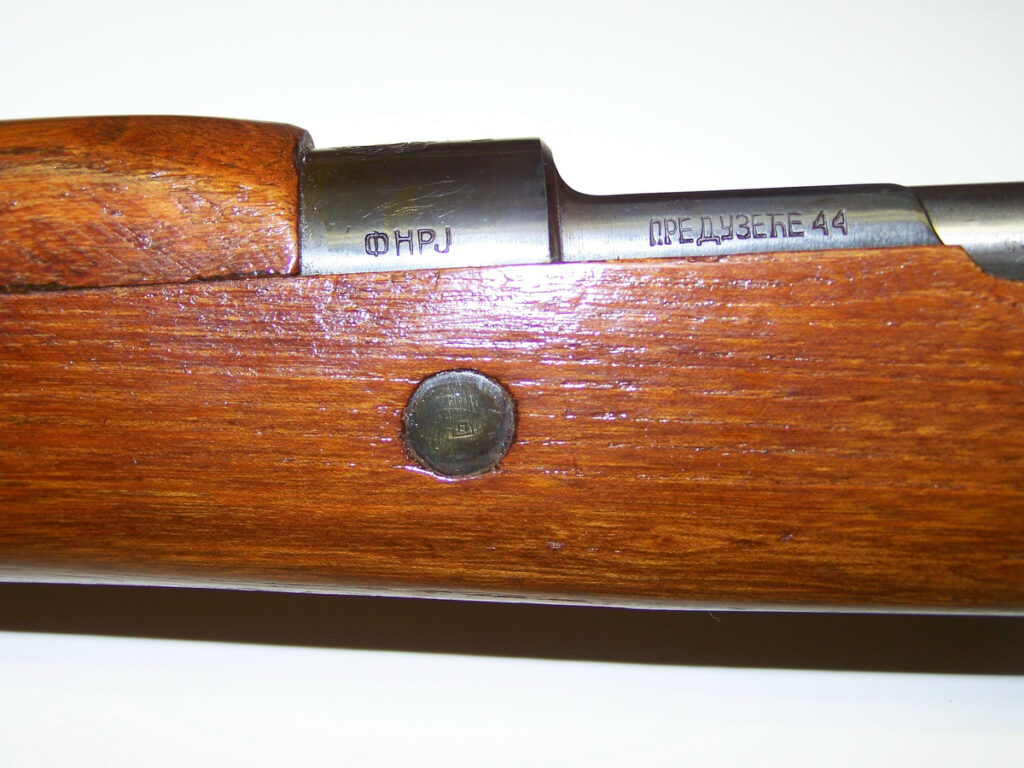
All of the M48 models were produced in the “PREDUZECE 44” factory, which is really a code for the Zastava Works in Kragujevac, Serbia. Preduzece translates to “enterprise” and 44 was the number assigned. This complex has operated under many different names including Military Technical Workshops Kragujevac, Military Technical Works, and during the M48 production period, Zavodi Crvena Zastava or Red Flag Institute. Zastava, the name of the Serbian firm operating the complex today, means flag or banner in English. The total production run was between 1.25 and 1.5 million.
Apparently, post WWII Yugoslavian troops were armed with various models of the M24 arsenal rebuilt as M24/47 and M24/52 models and the M48s were placed in stores for some contingency not readily apparent today as a good number imported to the U.S. are in arsenal new condition.
This situation went on until 1959 when Nikita Khrushchev, trying to woo the Yugoslavians into the Soviet camp, gave them a complete production line to produce the SKS. The Zastava works proceeded to build a very high quality SKS Models 59 and 59/66.
This illustrates the main fault with any socialist government operating with central economic planning and production. The infamous Soviet 5-year plan comes to mind, they keep producing goods that they don’t need, that their people don’t want, and end up selling for pennies on the dollar.
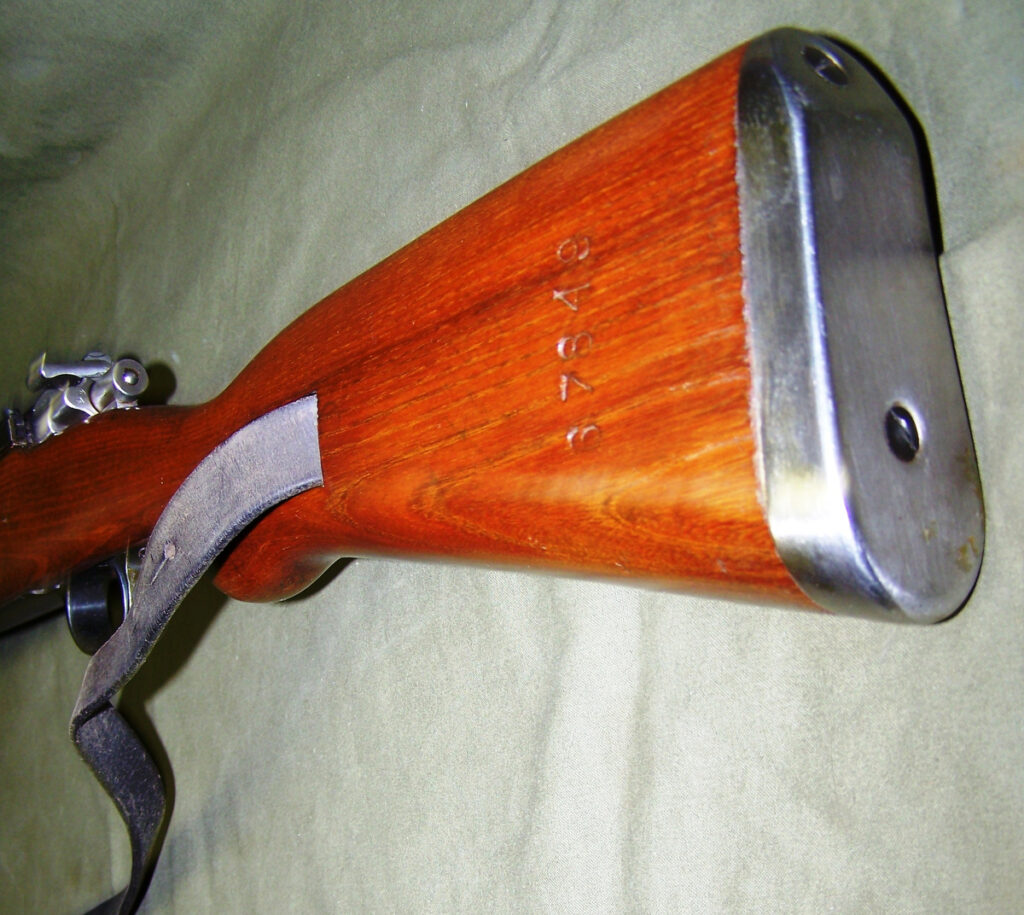
In any event, the Kragujevac/Zastava works was the only producer of the high-quality M48. With its forged and machined parts, it’s nearly the equal of pre-war German 98k production rifles in both fit and finish.
The author’s sample was delivered in arsenal mint condition with what appears to be a good quality nitrate blue/black finish. The bolt and the cup style butt plate are in the white. The wood-to-metal fit is very good for a service weapon; however, the stock (which looks to be made of some sort of birch) is extremely rough and gave the impression that splinters would result if one rubbed the grain in the wrong direction. The stock finish seems to be a very light coat of Tung oil, giving a yellowish finish. Several coats of linseed oil smoothed the stock and improved the feel. The M48 is designed for the 98k style sling, (actually, a carry strap) on the left side.
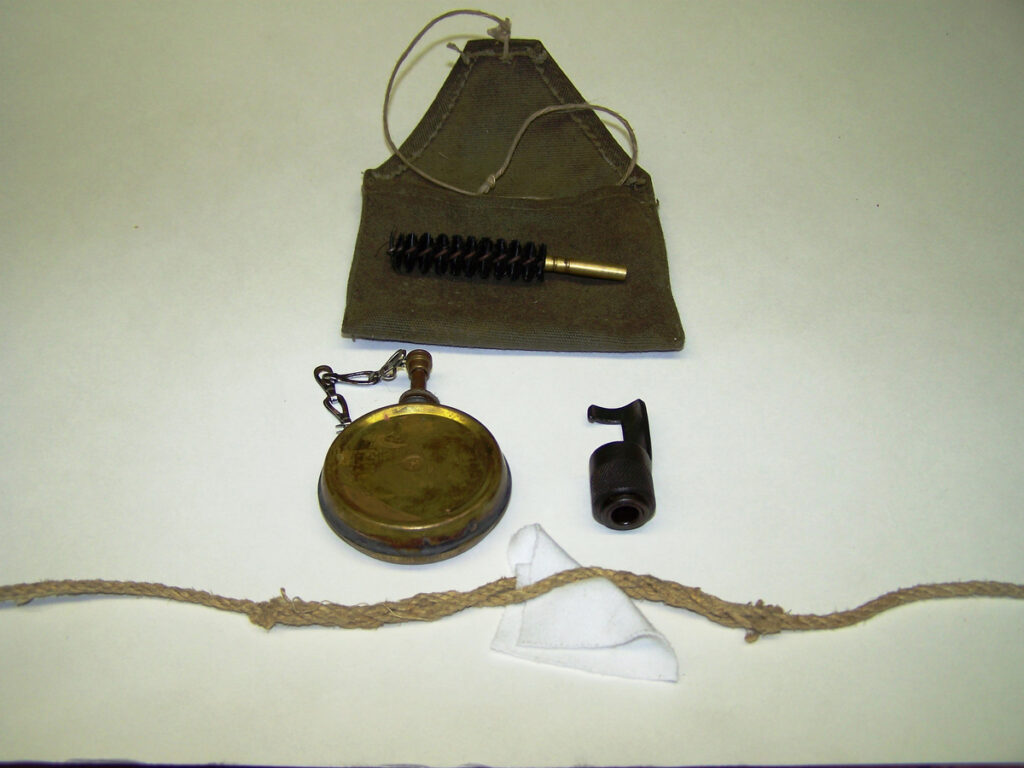
The M48 features a 23.5-inch (597 mm) barrel with four-groove rifling, right hand twist 1 in 240 mm (about 9.44 inches). The M48 has a 5-round internal magazine with a removable floor plate and can be filled with 5-round stripper clips or loose rounds. The author’s sample weighs 4.6 kg or just under 9 pounds with a leather sling.
Many of the imported M48s were marketed with a bayonet, steel scabbard, and leather frog, two-cell ammunition pouch, and cleaning kit.
The M48 was being produced in one form or another all the way up to 1965, mostly because it was a reliable and inexpensive way to equip third-world insurgent combatants (many of which had limited mechanical skills and little or no experience with firearms) with a simple weapon to master, or at least to shoot someone with.



